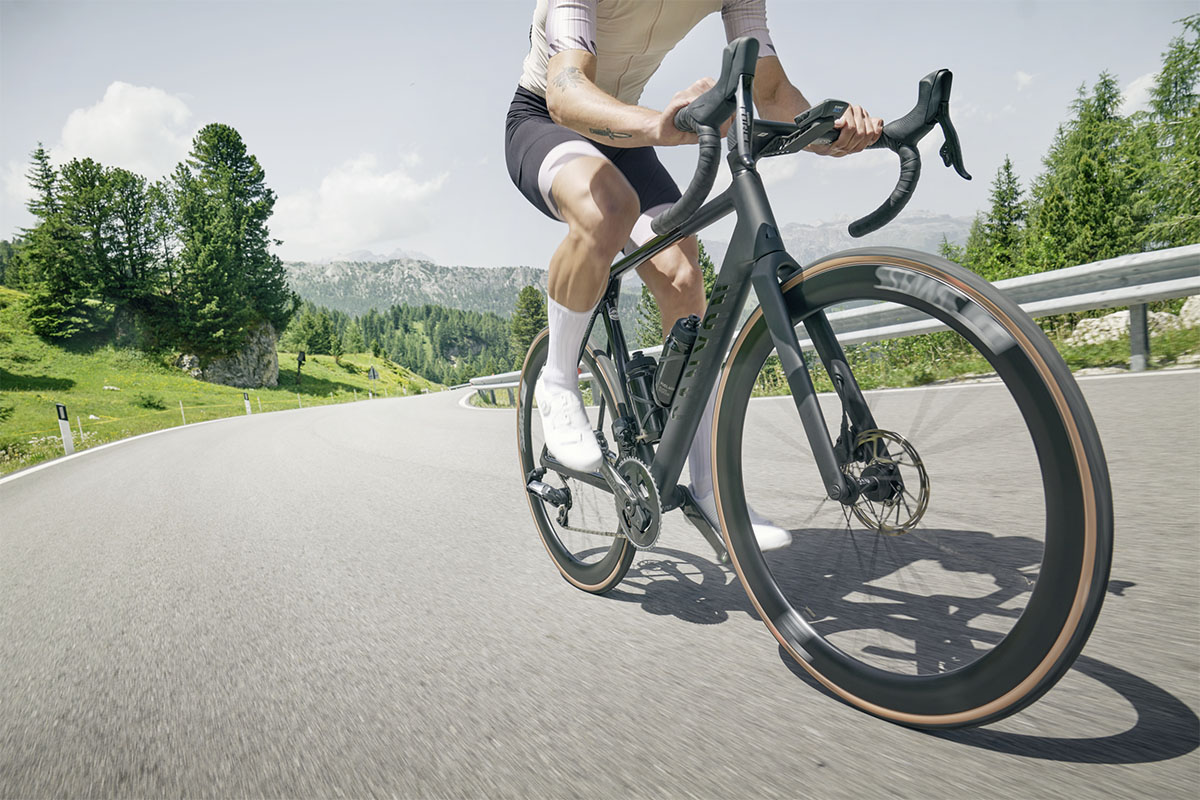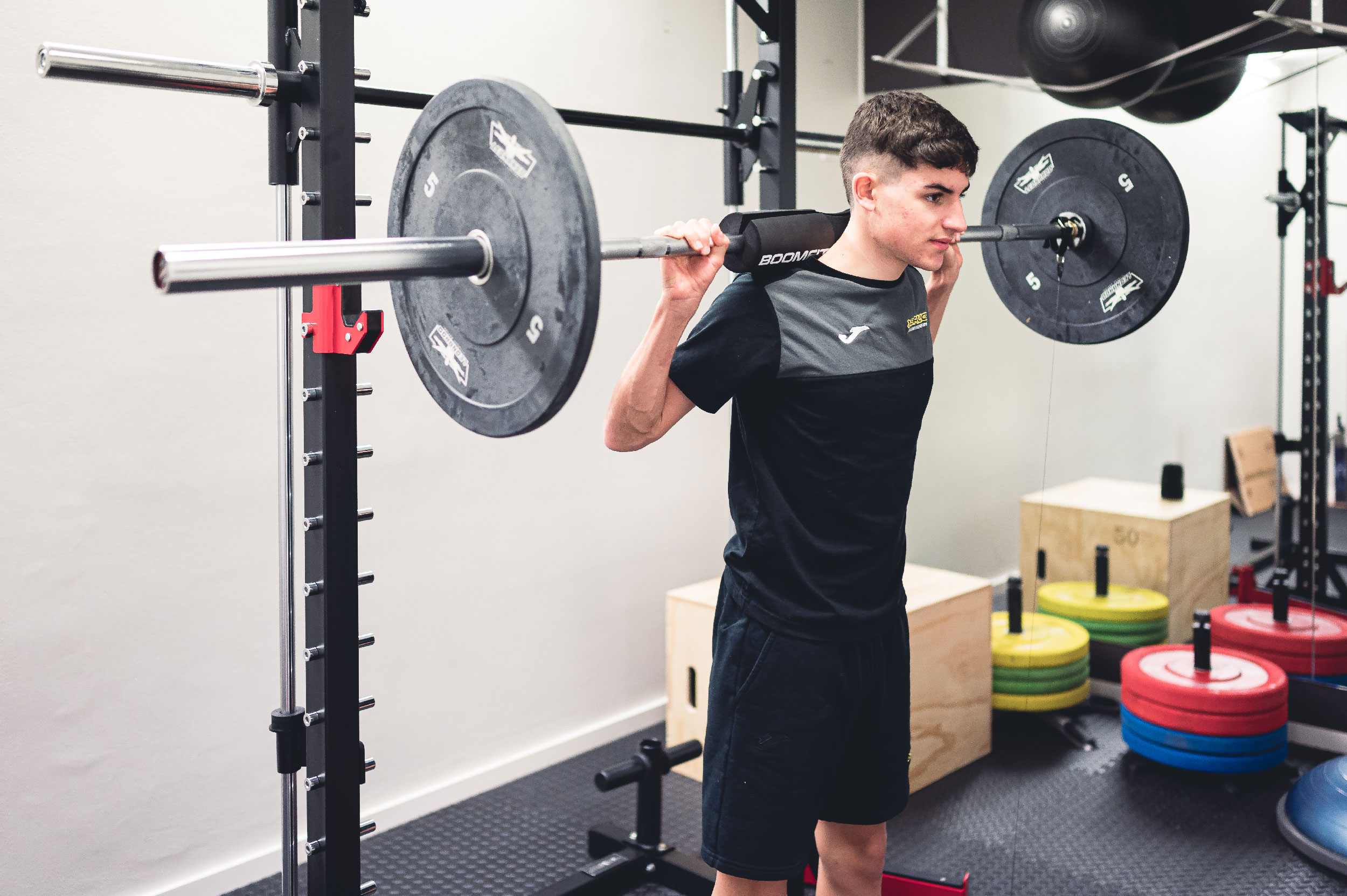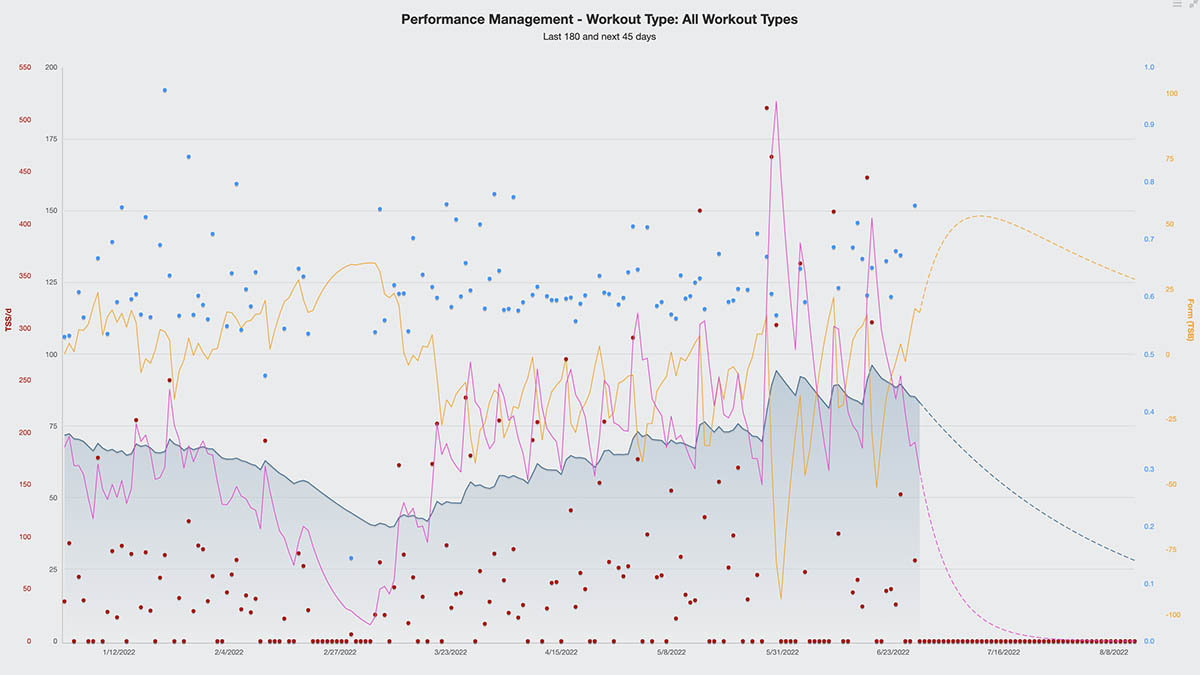
Specific force on the bike
In a previous article we discussed strength work in the gym above.. Today we are going to try to clarify concepts and give some tips on how to work on strength on the bicycle during our training..
First of all, clarify that the benefits and the methodology to be applied have been the result of much controversy in recent years.. We have all heard someone talk about doing pedaling series with only one leg., or with both, the series tied…
Be that as it may, The objective sought with this type of popular work was to improve the force applied to pedaling., or what has recently been called torque.
Concept that we can now measure and quantify thanks to technological advances, whether potentiometers and training software like WKO, which allows us to quantify how much torque we are applying to the pedal at any given time..
He torque It is a physics concept that refers to the force exerted on a surface (pedal) and therefore measured in Newton * metro (Nm). Torque improvement work seeks to transform performance levels from maximum force to specific force, whether fast force, o muscular resistance applied on the pedal.
Thus, the training methods aimed at improving this physical capacity will be related to the physiological objective that we are trying to improve..
Aimed at improving maximum torque. Associated with maximum strength and short-term muscular endurance. Its main objectives are to increase inter and intra muscular coordination., and improvement of the point of application of force on the pedal. This type of work must be structured in short series of up to 10-12'', starting from very low speeds or practically stopped with hard developments. Try to apply maximum force on the pedal, gaining cadence as you gain speed.. Start with a few sets in your workouts, performing them on moderate slopes and with complete recoveries. As you master this type of work, increase the number of series and use higher slopes.. The actual work is done in the first 3 to 5 complete pedal strokes that you make since they are the ones that remain at really low cadences.
Aimed at improving muscular resistance. Associated with medium or long duration depending on the stimulus. Its objective is to improve the muscle's ability to resist fatigue produced by repeated strength exercises.. The main difference with previous work is the duration of the stimulus. In this case the work can be extended to 4-8' or more depending on the specific objective and several intervals can be carried out.. The usual thing is to do them on sections of ascents with a constant slope, sitting and working at cadences lower than 60 rpm steadily. As in the previous case, begins by making efforts of medium duration ( 2-3 ') and try to increase both the number of series and the duration of these. You can also try higher slopes.
Like everything in the world of training, Torque is also capable of leading to maximum control and adjusted work prescription.. If you have a potentiometer that offers you the torque value in NM, You can include some tests in your training at different time ranges to control the average and maximum strength levels you exert during the test.. Once you have them, you can take them as you 100% and plan the series in percentages based on your maximums. If you are looking to improve maximum torque you can work between the 85 and the 100% of this value, while to improve medium-duration resistance you can plan series between 75 and the 85% approximately.
Don't forget that this type of training requires adaptation and prior preparation and should not displace strength training in the gym.. Both types of work have a place in a well-structured planning.
The cadence of your pedaling
The pedaling cadence is the same as the revolutions per minute in any motorized vehicle
Strength training: 5 basic exercises that should never be stopped
First of all, emphasize that, en ciclismo, el entrenamiento de fuerza es una de las 4 capacidades p
Basic concepts of power training – Part 2
After talking in a previous article about basic metrics and giving you some recommendations





